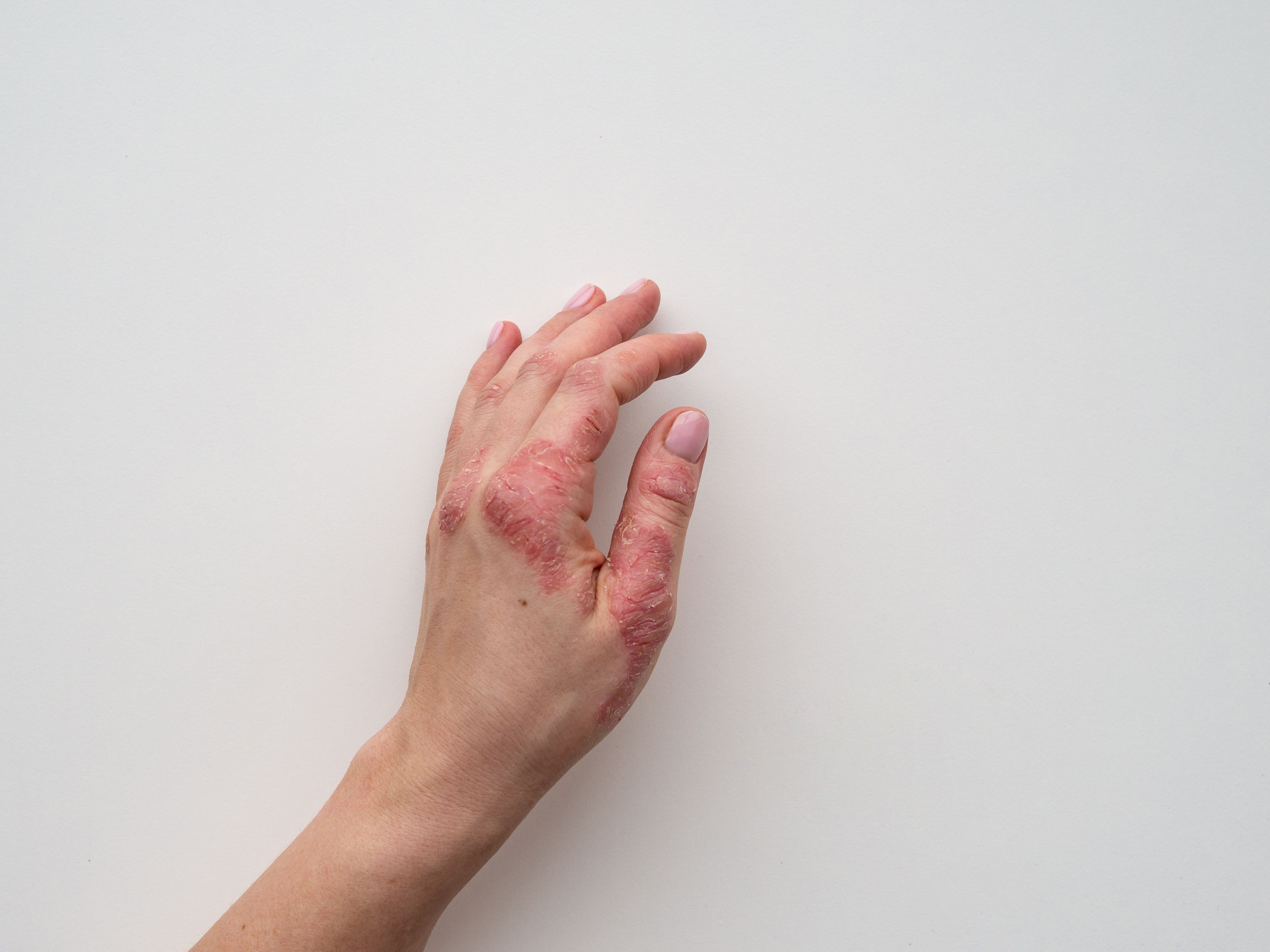Article
Meta-analysis Describes Relative Efficacy of Common Treatments for Androgenetic Alopecia
Author(s):
To date, the relative efficacy of the 3 treatments—minoxidil and 5α reductase inhibitors (5-ARIs) finasteride and dutasteride—has remained largely unknown.
In a new study, researchers shared their findings on the relative efficacy of 3 commonly used treatments for male androgenetic alopecia (AGA) based on data from over 20 studies comprising various forms and dosages of the treatments.
To date, the relative efficacy of the 3 treatments—minoxidil and 5α reductase inhibitors (5-ARIs) finasteride and dutasteride—has remained largely unknown. The new findings, say the researchers, adds to the literature on comparative effectiveness of treatment for AGA.
“Numerous studies have investigated the efficacy of minoxidil and the 5-ARIs for the treatment of male AGA; however, evidence on their relative efficacy is scant. For example, there are no controlled trials on the efficacy of oral minoxidil for male AGA,” explained the group, writing in JAMA Dermatology. “Recently, the relative efficacy of oral and topical minoxidil was examined using network meta-analyses (NMAs), but to our knowledge no study has determined the comparative effectiveness of these 2 agents with that of local and systemic dutasteride and finasteride.”
Drawing on findings from 23 trials, the researchers compared data on 15 different regimens of the 3 treatments, concluding that oral dutasteride at 0.5 mg/day is likely the most effective treatment for these patients, followed by:
- Oral finasteride at 5 mg/day
- Oral minoxidil at 5 mg/day
- Oral finasteride at 1 mg/day
- Topical minoxidil 5% solution
- Topical minoxidil 2% solution
- Oral minoxidil at 0.25 mg/day
Throughout their analysis, the researchers found that off-label use of dutasteride at 0.5 mg/day yielded the most significant increases in total hair count at 24 weeks compared with the FDA-approved amount of finasteride at 1 mg/day and 3 forms of minoxidil (0.25 mg/day, 5 mg/day, and 2% solution). Oral minoxidil has not been approved for hair loss treatment, although providers use it off-label, and both topical concentrations of the treatment have received FDA approval.
According to the researchers, dutasteride’s improved efficacy for this endpoint compared with finasteride could be attributed to dutasteride being more potent in inhibiting the type 1 isoenzyme of 5-α reductase and type 2 isoenzyme.
At 48 weeks, the greatest increase in total hair count was seen with finasteride at 5 mg/day, which was significantly more effective than 2% topical minoxidil. There were not available data for dutasteride or oral minoxidil for this outcome.
The researchers also looked at the impact on terminal hair count, finding that at 24 weeks, 5 mg/day of minoxidil was more effective at increasing terminal hair counts than 0.25 mg/day of the treatment and compared with its 2 topical concentrations. It was also more effective than 1 mg/day of finasteride.
At 48 weeks, 1 mg/day of finasteride was associated with the biggest increases in terminal hair counts compared with both topical forms of minoxidil.
“The relative efficacy of 3 or more therapies may arguably be determined more efficiently with NMAs than through head-to-head trials; furthermore, this statistical tool permits researchers to produce evidence on comparative effectiveness without ethical constraints,” commented the researchers. “However, unlike actual randomized trials, meta-analytic procedures cannot determine causality. Nonetheless, our conclusions remained virtually unchanged when we re-ran all our analyses with only randomized data.”
Reference
Gupta A, Venkataraman M, Talukder M, Bamimore M. Relative efficacy of minoxidil and the 5-α reductase inhibitors in androgenetic alopecia treatment of male patients: a network meta-analysis. JAMA Dermatol. Published online February 2, 2022. doi: 10.1001/jamadermatol.2021.5743




